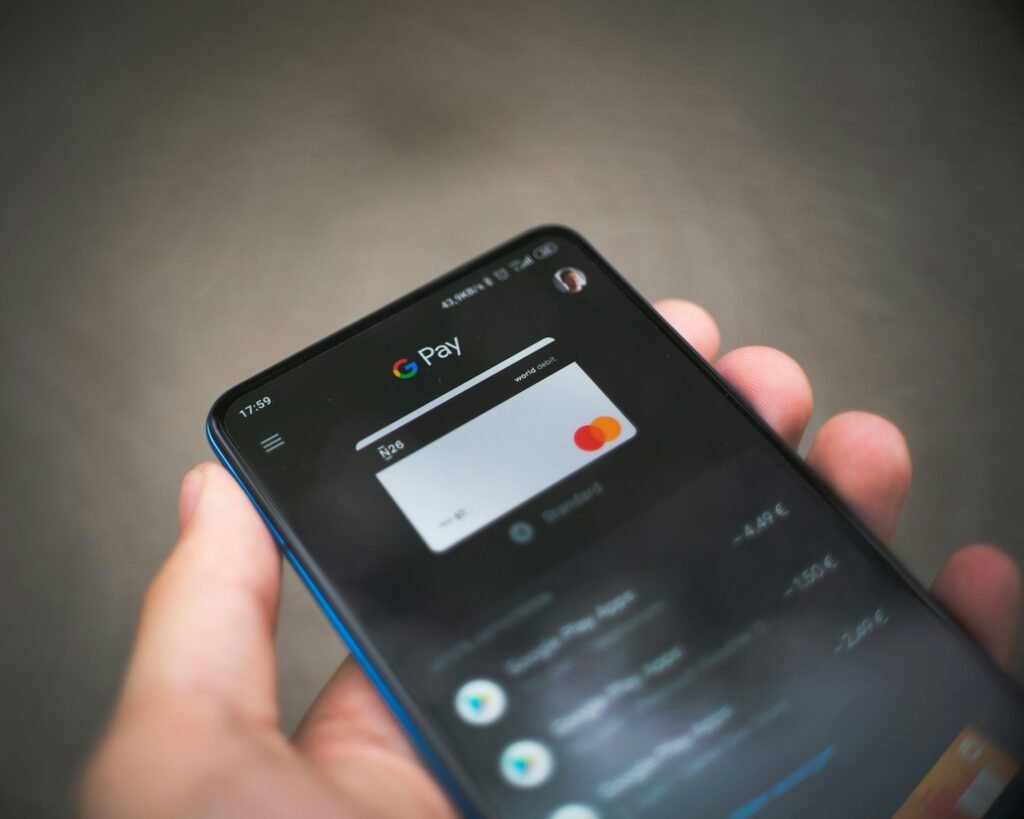
Marketers work tirelessly to drive traffic to their websites through SEO, PPC and social media campaigns. Converting that traffic into leads is the next step.
Lead capture pages provide visitors with a form to fill out in exchange for a valuable resource such as an ebook, webinar or white paper. The form length can range from short to lengthy depending on where in your funnel the visitor lands.
How to Capture Leads
Marketers work tirelessly to drive traffic to their websites through SEO, PPC ads and social media. Once people arrive on your site, though, converting them into leads and customers can be one of the biggest challenges in content marketing. Luckily, there are strategies available that can help marketers capture leads more efficiently.
Lead capture involves turning site visitors into potential customers by offering something of value in exchange for their contact details, often through forms. Forms embedded within web pages or triggered by exit-intent popups or sticky bars should be short, easy-to-use forms that offer incentives such as asking for first name and email address or full company details. A blog post might provide one such form; more sophisticated forms could include asking for full contact details or company info as part of this conversion strategy.
Lead generation forms typically feature conversion-focused forms that encourage visitors to download a free guide or schedule a sales meeting, making this ideal for B2B lead capture where decision-makers become paying customers. B2C lead capture may also take the form of providing valuable content such as free trial/demo products; in these instances it’s essential to think carefully about what your audience needs from you before tailoring your offer accordingly.
To increase your lead capture forms’ chances of conversion, include an eye-catching image. Also, keeping form descriptions brief will reduce friction and encourage more people to complete your form.
Enable form notifications in your WordPress admin to stay informed whenever someone submits a form, enabling timely follow up with leads while staying on top of lead generation processes. With WPForms Zapier addon, conditional form notification emails that only go out based on criteria you define can also be set up.
For an efficient process, consider employing site chatbots to engage your leads and guide them down the funnel. When used alongside services that match visitor IP addresses to business offices, these tools can be highly effective at capturing leads.
Landing Page Design
Lead capture pages are websites designed to entice visitors in exchange for their contact details, often used as part of targeted digital advertising campaigns that encourage people to schedule demos or make purchases. They’re usually accessible through emails, social media ads or search engine results pages and may provide visitors with incentive.
An effective lead capture page relies on creating an irresistible offer. Visitors should understand what they will gain by filling out your form, and its benefit. In addition, make sure the landing page aligns with the message and goals of your ad campaign so visitors know they have arrived in the appropriate spot.
To increase the effectiveness of your lead capture page, remove distractions such as sidebar links and navigation menus that could draw visitors away from completing your form and reduce abandonment midway through. If you’re offering free guides to customers, positioning it prominently on the page increases their likelihood of filling out and downloading the guide.
Maintaining short forms is another effective way of increasing lead conversion rates. People have the tendency to tune out when faced with lengthy forms, so try not to ask too much information from prospects; asking for their full name and email address might be too intrusive if your goal is top-of-the-funnel leads.
Finally, it’s essential that your lead capture page includes a privacy policy to build trust with potential customers and explain the purpose of any collected data. Doing this can ensure customers feel at ease sharing it with you.
Once your lead capture page is up and running, it’s important to test and optimize its form. A/B testing and performance analytics will give you a clear picture of what works and doesn’t work; over time you should be able to fine-tune it so it generates high-quality leads consistently.
Email Marketing
Marketing businesses frequently employ email capture techniques as one method for gathering leads. Once collected, this data can be used to distribute digital resources or newsletters directly to potential customers and bring more leads into current or future marketing campaigns.
Forms on websites or landing pages are the go-to way of collecting lead data, from simple email fields to multi-step forms with multiple fields and fields. Once collected, this data can then be used to create digital resources, newsletters, announcements and more in order to convert prospects into full clients.
Before designing a form for collecting lead data, take time to carefully consider your goals and select an effective format and tools. Generic forms will likely disincentivise prospects; consider which visuals or words might catch their interest instead.
Balance must also be struck between how much information you request of prospects and the amount of effort required from them; asking for their phone number usually requires more effort from prospects than simply collecting an email address, so be clear why and how you intend to contact this lead before adding this data into your lead capture form.
Pop-up forms can be an effective tool for gathering lead data. But they must be executed correctly or they could become annoying for visitors – so it is worth testing and adjusting its position and timing until you discover an optimal strategy to meet your lead capture goals.
Product demos or interactive quizzes can also be an excellent way to generate quality leads, often yielding better quality responses than simply asking for their email addresses alone – while providing content-rich experiences for potential customers.
Licenced in Public Relations by UAB. Digital Marketing Strategist at Cyberclick.
Automation
Marketers seeking to convert website visitors into leads must gather information that allows them to contact and qualify each lead, typically using forms on their websites. Forms may range from providing only email addresses through to multi-step surveys that include details like company size, budget size and seniority level questions. Once collected this data can be fed into customer relationship management (CRM) systems which then send targeted marketing emails directly or used as feed material for nurture campaigns or remarketing programs.
Lead capture forms are most frequently integrated into landing pages; however, they may also appear as pop ups on a webpage, exit-intent windows or slide-in windows on top of the website, etc. The type of form to use should depend on what the visitor needs and where they are in their buying cycle – for instance a B2B customer who requests informational brochure should not be presented with overly-salesy forms that ask too many personal details.
As with decision makers reading your case studies on your site, those reading about how they might benefit should not be presented with gated resources that require them to fill out lengthy forms requesting more details about their business and what could make a difference for it if using your services. To convert such readers into qualified leads it may be necessary for sales teams to contact them personally in order to gather additional details or arrange demonstrations of them services.
Form fields should reflect how critical they are to your marketing objectives and the speed with which you must convert leads into paying customers. In general, for most businesses a simple email address field suffices as their top-of-funnel marketing requirement; anything more complex will only turn away potential buyers.


